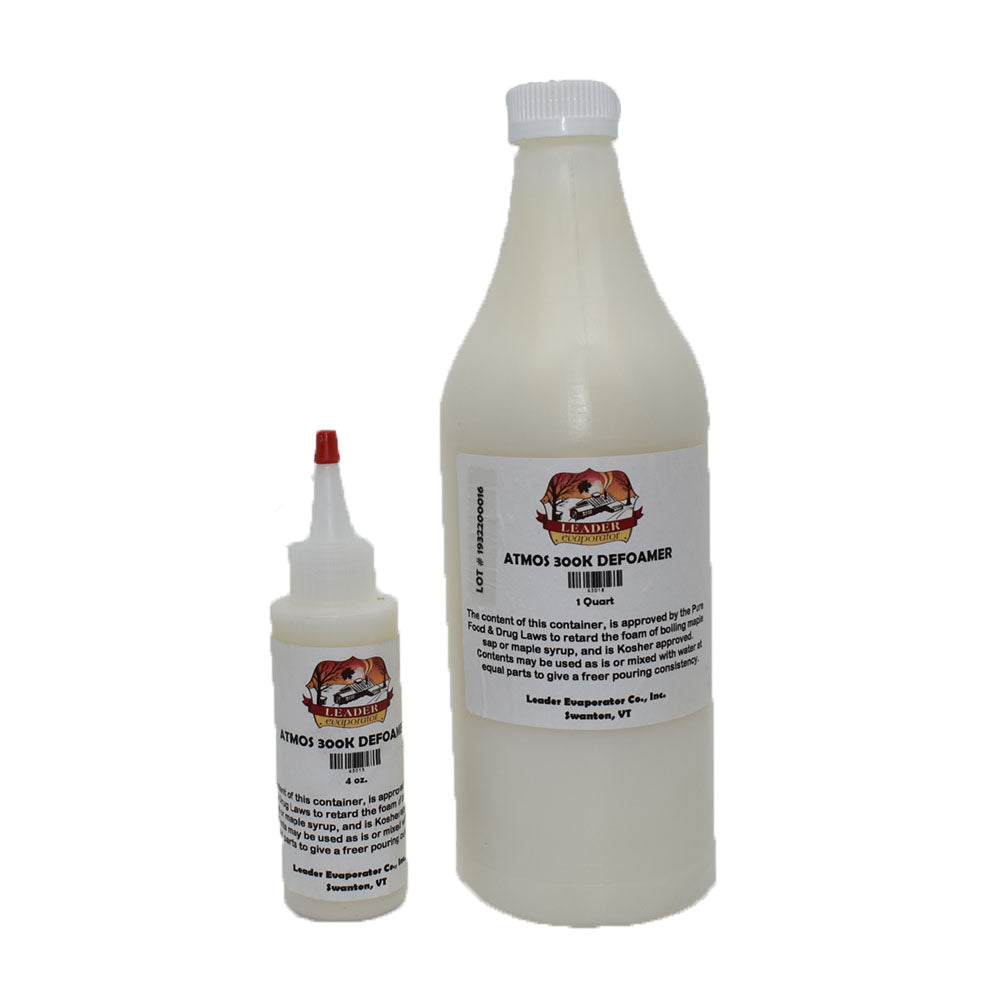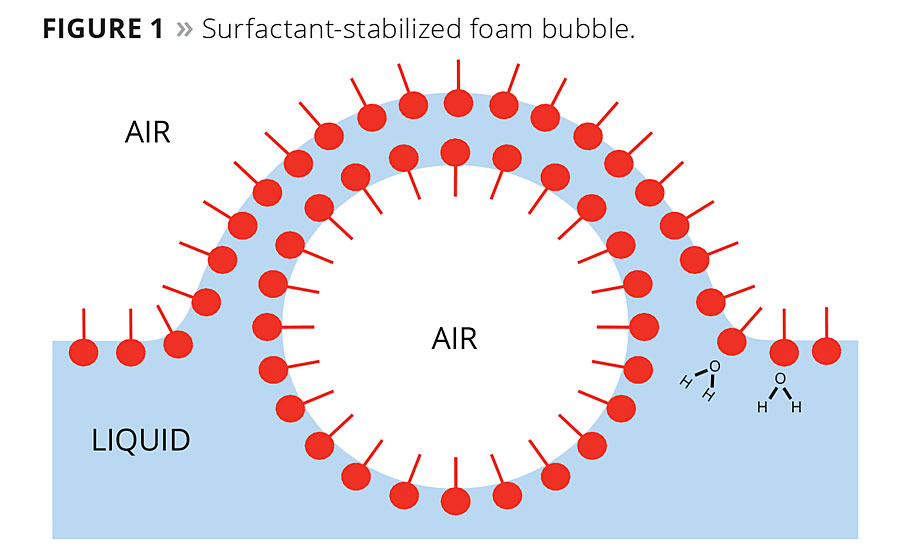How Defoamers Help Improve Performance in Coatings and Paints
How Defoamers Help Improve Performance in Coatings and Paints
Blog Article
Discover the Leading Advantages of Utilizing Defoamers in Industrial Processes
The utilization of defoamers in commercial processes offers a variety of engaging benefits that can boost operational performance and product top quality. By successfully controlling foam manufacturing, these agents not just enhance material flow yet also add to significant expense reductions and boosted sustainability. The ramifications of taking on defoamers might be more profound than at first regarded.
Enhanced Refine Efficiency
Enhancing industrial procedures usually includes resolving lathering issues, which can prevent operational efficiency. Foam formation can hinder the proper performance of equipment, reduce the effective use of sources, and make complex the tracking of critical specifications. By applying defoamers, industries can effectively mitigate these problems, bring about streamlined procedures and enhanced efficiency.
Defoamers work by destabilizing the foam framework, enabling fast collapse and significant decrease in foam quantity. This action not only boosts the circulation of materials through devices, such as mixers, pipes, and reactors, yet likewise reduces interruptions created by foam overflow. Equipment downtime is lowered, enabling for an extra reliable and continuous manufacturing process.
Furthermore, the use of defoamers can bring about decreased energy intake. With less foam to take care of, pumps and compressors can operate extra effectively, resulting in reduced operational expenses and an overall enhancement in process throughput. Eventually, the tactical usage of defoamers not only addresses prompt lathering obstacles however additionally contributes to an extra effective commercial ecological community, promoting a competitive benefit in a requiring market.
Improved Product Quality
The assimilation of defoamers in industrial procedures plays a crucial duty in boosting product quality. By successfully controlling foam development, defoamers add to the uniformity and uniformity of end products. Too much foam can cause aeration, which adversely impacts the texture and security of formulas, particularly in sectors such as food and finishes, pharmaceuticals, and drinks.

In addition, defoamers assist in much better mixing and diffusion of ingredients, leading to homogeneity in solutions. This is necessary in applications where accurate active ingredient proportions are vital for performance and security. Additionally, the removal of foam can decrease the risk of contamination throughout production, additional safeguarding item integrity.
Eventually, by improving item quality, defoamers not just enhance consumer complete satisfaction yet likewise enhance brand track record. Their role in keeping top quality criteria underscores their relevance in modern commercial processes.
Cost Decrease Advantages
Carrying out defoamers in commercial procedures can result in substantial cost reduction advantages. By effectively managing foam development, defoamers minimize product loss throughout manufacturing, consequently maximizing material use. This decrease in waste translates directly right into reduced basic material expenses, boosting overall functional effectiveness.
Additionally, using defoamers can decrease energy usage. Too much foam can prevent equipment performance, causing raised energy requirements to preserve manufacturing degrees. By mitigating foam, defoamers help with smoother operations, enabling machinery to run a lot more successfully and reducing energy expenditures.

Additionally, defoamers can shorten handling times. By utilizing defoamers, sectors can streamline their processes, leading to faster turnaround times and improved throughput.

Environmental Influence Mitigation
In industrial procedures, using defoamers plays an essential function in mitigating ecological influences connected with foam generation. Foam can cause substantial operational ineffectiveness, causing increased emissions and waste generation. By successfully regulating foam, defoamers aid maintain process effectiveness, therefore decreasing the general ecological footprint of operations.
Additionally, too much foam can overflow containment systems, causing spills that might contaminate dirt and water sources. Defoamers help minimize this risk by making sure that frothing does not exceed prescribed limits, promoting conformity with environmental guidelines. This aggressive approach not only safeguards communities yet also enhances the sustainability of commercial techniques.
In addition, making use of defoamers can lower power consumption in various processes. defoamers. Decreasing foam formation diminishes the need for extra energy-intensive actions, such as increased agitation or pumping, which may otherwise be required to handle foam. The fostering of their website defoamers straightens with try this site broader sustainability goals by advertising power performance while lessening the carbon impact of industrial activities.
Eventually, incorporating defoamers into commercial operations is a calculated step that supports ecological stewardship and liable source administration.
Flexibility Across Industries
Across various industries, defoamers demonstrate remarkable convenience, adjusting to the certain needs of diverse applications. In the food and beverage field, for example, defoamers are vital to preserving product high quality by stopping foam formation during processing, which can affect texture and taste. In the pharmaceutical industry, defoamers ensure the stability of formulas, boosting item efficacy and uniformity.
In the chemical manufacturing realm, defoamers promote smoother operations by decreasing foam in reaction vessels, hence enhancing return and minimizing downtime. The paper and pulp industry depends on defoamers to enhance the performance of pulp processing and paper manufacturing, making sure optimum product stability. Additionally, in wastewater therapy facilities, defoamers play an essential function in controlling foam during oygenation processes, causing improved therapy outcomes.
The convenience of defoamers includes the oil and gas market, where they help in taking care of foam in drilling liquids and manufacturing processes. By tailoring solutions to meet particular market needs, defoamers work other as indispensable tools that enhance operational efficiency, product quality, and total process efficiency across a wide variety of markets. Their versatility highlights their value in modern industrial applications.
Verdict
To conclude, the application of defoamers in commercial processes offers countless advantages, including boosted effectiveness, improved item top quality, considerable cost decreases, and favorable environmental influences. Their capability to efficiently control foam development adds to operational connection and resource optimization. The versatility of defoamers throughout diverse sectors emphasizes their important function in advertising lasting methods and profitability. The assimilation of defoamers represents a strategic approach to attending to challenges related to foam monitoring in different making atmospheres.
Ultimately, the strategic usage of defoamers not only addresses instant foaming obstacles however additionally adds to a much more efficient commercial community, cultivating a competitive benefit in a requiring market.
In commercial procedures, the use of defoamers plays a crucial role in mitigating environmental effects linked with foam generation. By effectively managing foam, defoamers assist preserve procedure performance, thereby decreasing the total environmental footprint of procedures.
In addition, in wastewater therapy facilities, defoamers play a vital function in regulating foam throughout aeration processes, leading to improved treatment results.

Report this page